Explore the best places
Results for Palácio da Pena in Portugal
Quinta Velha do Pêro Boi
- hotels
Sítio do Pêro Boi
7320-146, Ladeira de Santo André
Situada na encosta poente de Castelo de Vide, este é um verdadeiro paraíso para os amantes da natureza, cultura, arte, aventura ou simplesmente para quem procura sossego, a dois, com amigos ou em família. Aqui pode encontrar o espaço e conforto que precisa para passar uns dias inesquecíveis.
Quinta da Palmeira - Country House Retreat & Spa
- hotels
Rua Principal, 36
3305-050, Cerdeira
Located in the green heart of the central region of the country, the Quinta da Palmeira is composed of a country house dating from the year 1890, surrounded by orange groves and olive groves. Each room, decorated in order to provide a sense of comfort and refinement, has a style of his own. It is suggested at the end of the day, a tasting of regional dishes and a good glass of wine, against the backdrop of the beautiful landscape of the serra.
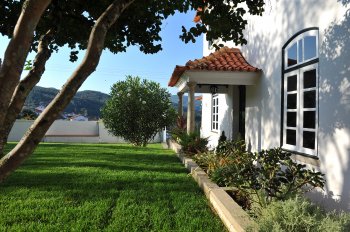
Percurso Pedestre da Aldeia de Montesinho
- country
Largo da Roçada (junto ao edifício da Casa do Povo)
5300, Montesinho
A circular pedestrian trail where one may visit the Fraga do Cucu, that brings to mind the image of a bird standing on a rock, the Cortelhos bridge, the alto das Barreiras, where the population took refug during the French invasions. It also passes by a unique nature built place, where the rocks sculpt curious ffects on the water. It is recommended that one takes this trail in the springtime of in the fall.
Trilho do Agrião (PR12)
- country
Rua Gonçalo Velho
9650-411, Povoação
This pedestrian path starts in Ribeira Quente and ends in the village, with a duration of about three hours. The path is primarily along the coast, passing through woods of frankincense, Acacia and vinháticos, some pastures, the Lomba of Knight, an old mill and iron bridge. Highlighting a viewpoint from where you can see the Graminhais, the Pico da Vara, Pico Bartolomeu and the seven speed bumps of the village.
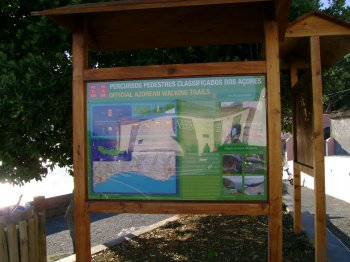
Castelo Novo
- country
- heritage
Castelo Novo
6230-160, Fundão
Village located at an altitude of about 700 meters, at the foot of the Serra da Gardunha, where traces of occupation in the Roman period are visible. In this locality stand out the medieval castle, in ruins, with the keep, the Manueline pillory, the D. João V fountain, the Igreja Matriz, of Pombaline design, several manor houses and Lagariça. The miniatures in wood and iron, lace and regional embroidery constitute the local handicraft.
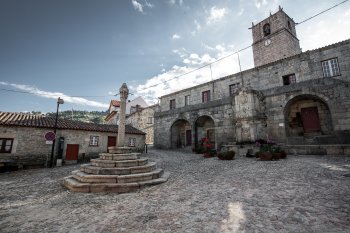
Olaria Regional de Nisa
- leisure
Praça da República, 53
6050-350, Nisa
Os desenhos nos barros, motivos florais simétricos, são riscados pelos oleiros no barro ainda fresco e preenchidos com pequenas pedras brancas. Este trabalho é feito, habitualmente, por mulheres. As peças mais conhecidas são as vasilhas para a água. A olaria de Nisa tem características que a distingue da restante olaria do país.
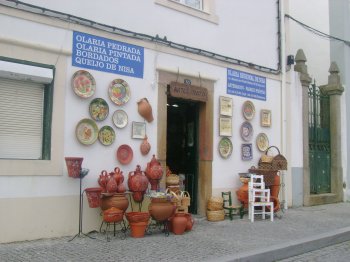
Toucinho-do-Céu do Convento de Odivelas
- leisure
Odivelas
2675, Odivelas
O toucinho-do-céu de Odivelas é um doce conventual, abundante em ovos e açúcar. A receita é uma herança das freiras bernardas, do Convento de Odivelas. Para além deste tradicional doce, destacam-se ainda a Marmelada de Odivelas, os Suspiros de Amêndoa, os Tabefes e os Esquecidos.
Cristas de Galo
- leisure
Vila Real
5000, Vila Real
As cristas de galo são também conhecidas como Pastéis de Toucinho, uma vez que a sua origem será mesma essa. Oriundas do Convento de Santa Clara ter-se-ão destacado pelo seu formato peculiar em forma de crista, que acabou por batizar esta extraordinária relíquia da doçaria local.
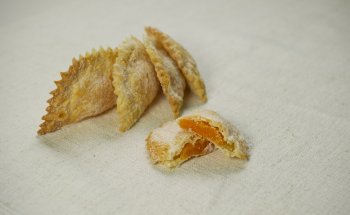
Vila da Ponte
- country
- heritage
Vila da Ponte
3640, Vila da Ponte
Located on the banks of the Távora river, Vila da Ponte, the "Pearl of Távora", is famed for its traditional small river fishes. This village has about 700 inhabitants who are mostly farmers and cattle raisers. Theere are also small firms. The roman bridge on the Távora is about 50 metres long and stands on four arches. The 17th century pillory signals the turning to a parish siege in 1661.
Arroz de Cabidela
- leisure
Viana do Castelo
4900, Viana Do Castelo
Palavra de origem angolana, cabidela significa miúdos de aves e, antigamente, este prato típico minhoto era feito com os miúdos e extremidades da galinha. Atualmente a confeção deste prato varia de região para região, no entanto tem a particularidade do sangue do abate ser sempre reservado para adicionar ao arroz.